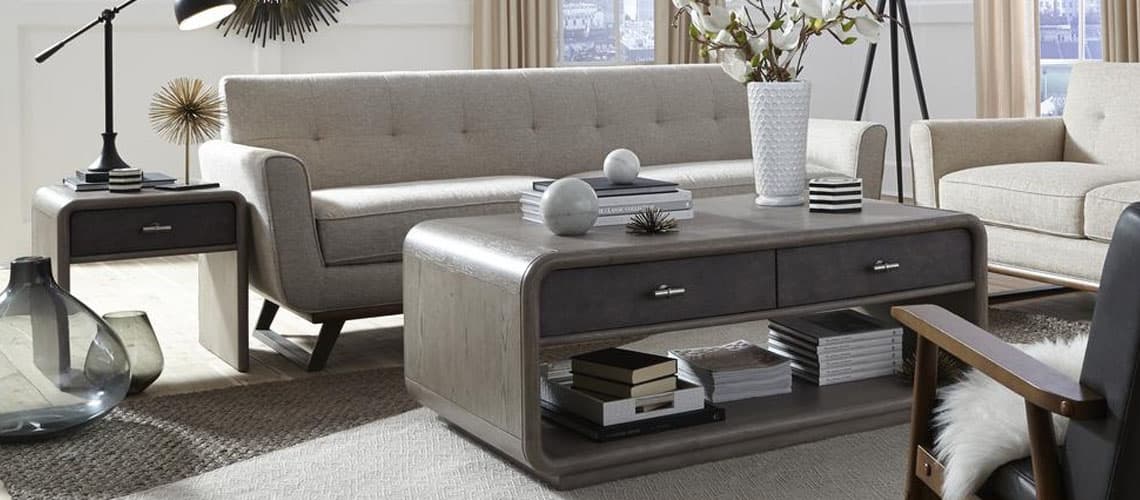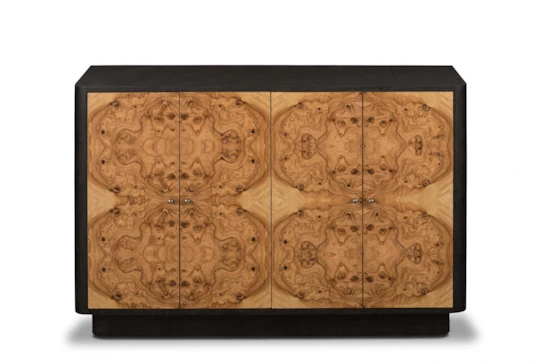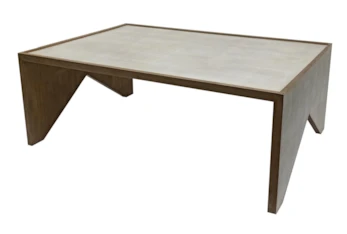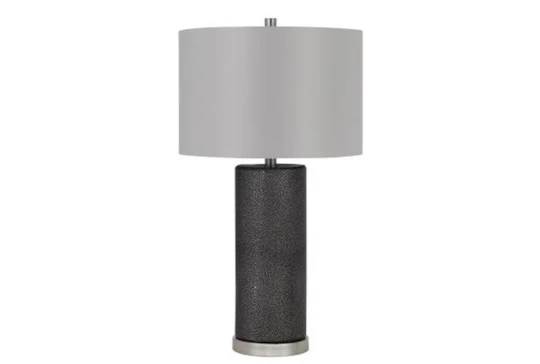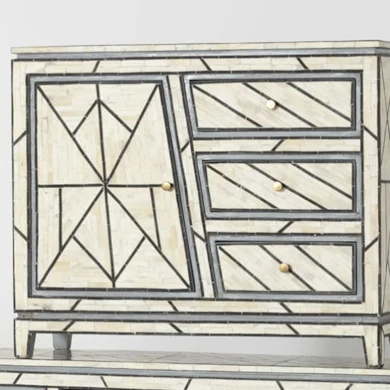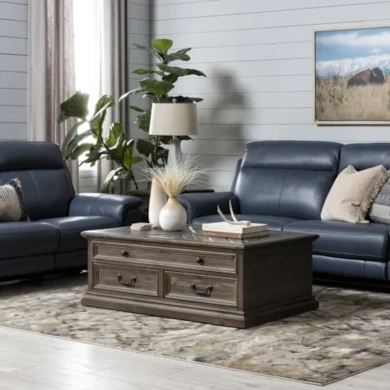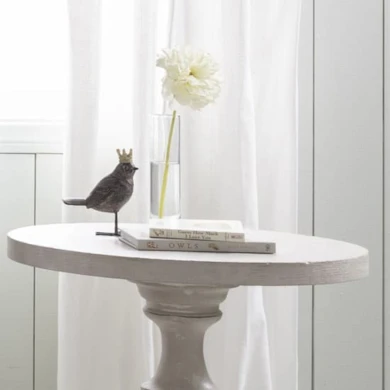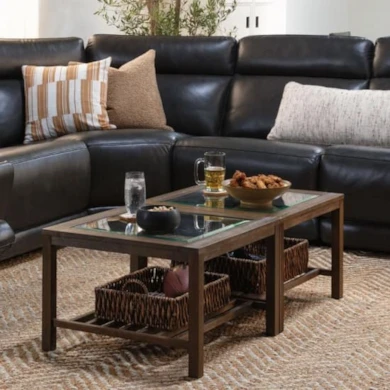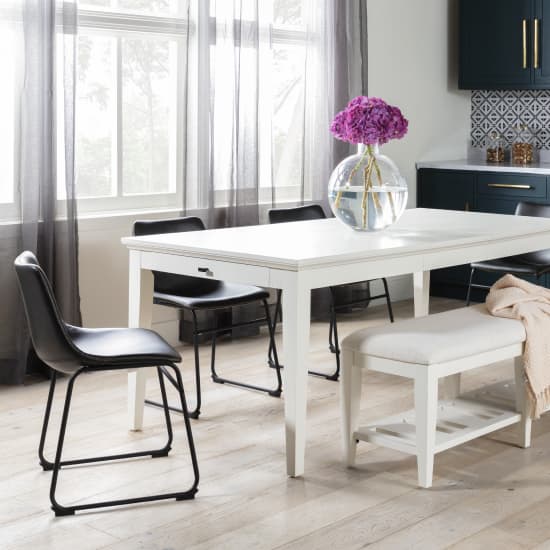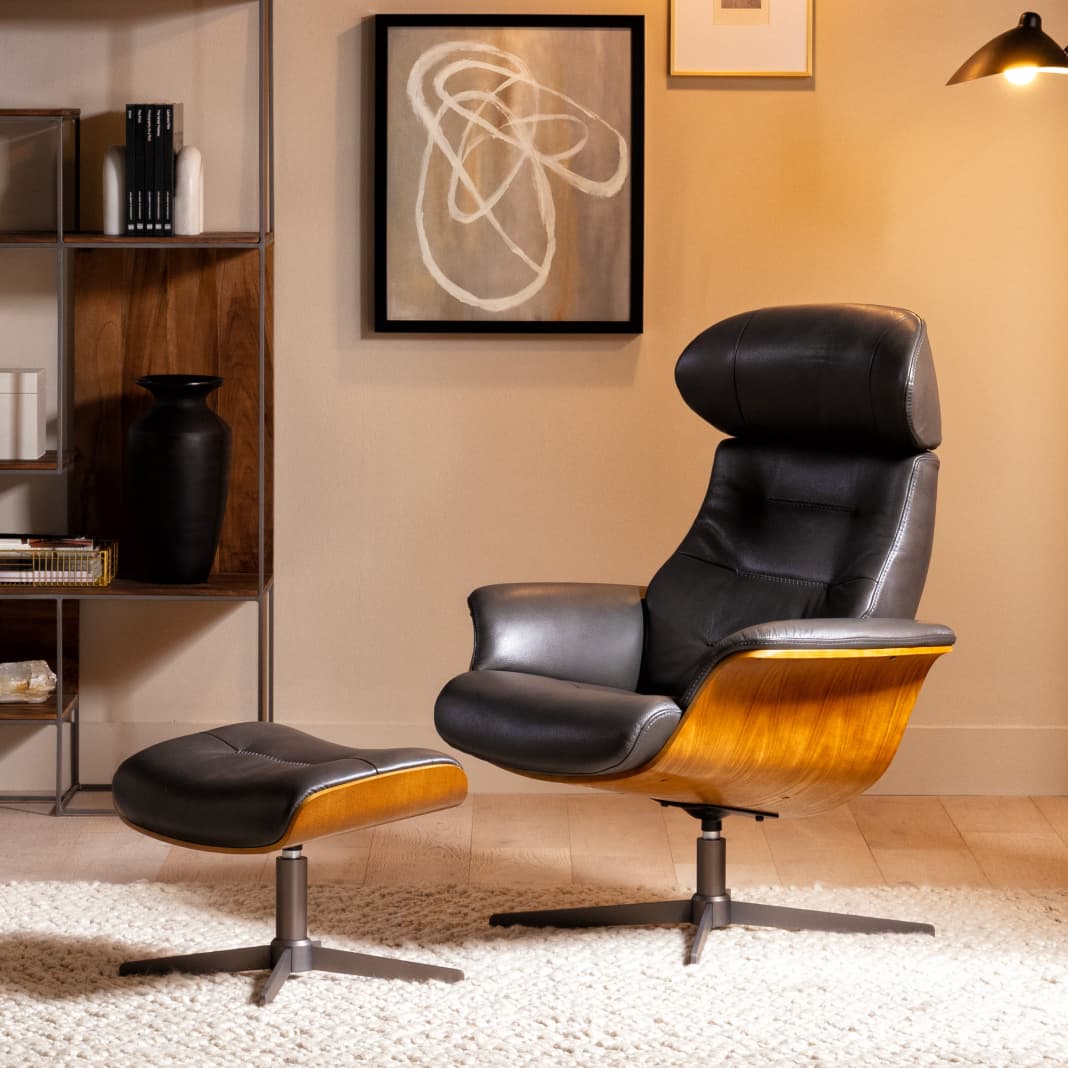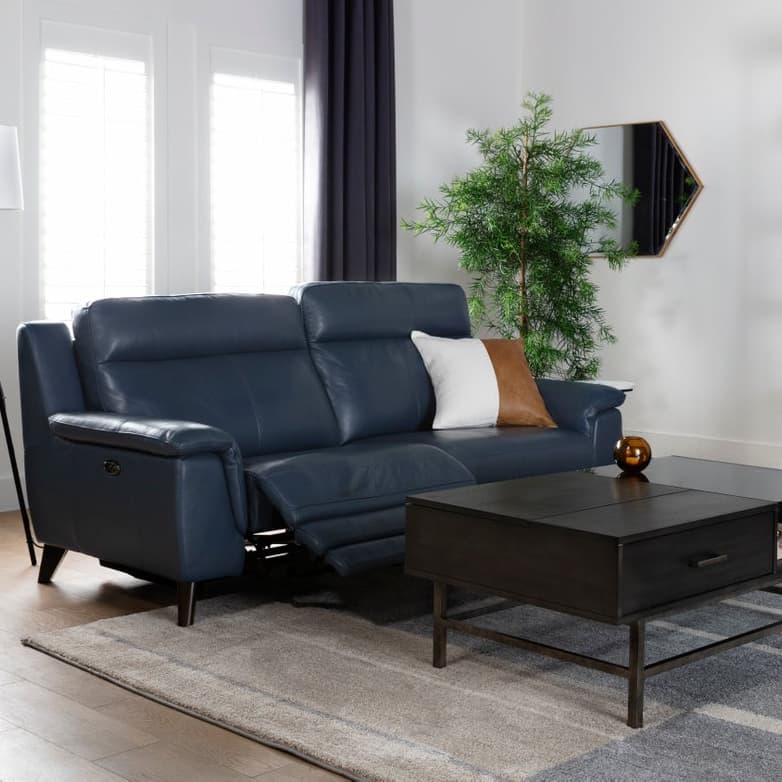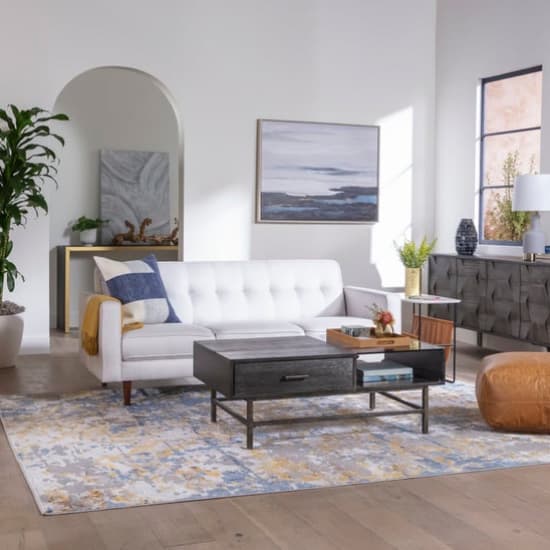What Is Shagreen?
Defining Shagreen
Shagreen (also spelled chagreen or shagrin) is a rich texture used in furniture and decor that comes from natural hide – most often from dogfish, shark or stingray. However, it is not uncommon to see faux shagreen – a synthetic material made to look and feel like the real thing.
History of Shagreen
Historically, shagreen is a highly sought-after good for shoes, luggage, sword hilts (in Japan) and other accessories. Because of its luxurious feel and delicate pattern, its reputation is synonymous with class and luxury. It has been embraced for its abrasive properties, and used to polish hard wood. Cultural uses of shagreen include the use of it as a source for ropes among the Inuit in Greenland.
In traditional uses, the material was often dyed in shades of blue or green. This was done to complement the natural undertones of the hide itself – usually grey. (The dying process is exemplified by the shagreen manufacturer in this article – which highlights exactly how time-consuming production was.)
While use of the material can be traced back centuries, it saw an explosion in the Regency era (1811-1820). The Regency period carried the tradition of producing shagreen without any chemicals or treatments. Other instances of ‘popularity explosions’ include the 1920s, 1930s, 1970s and 1980s.
Due to its rapid, periodic explosions, discussions revolving around shagreen often refer to it as a “fad.”
Recently, the use of shagreen has waned, with consumers choosing synthetic or imitation materials over genuine shagreen. As a result, the availability of imitation shagreen in a range of styles has surged.
Materials Similar to Shagreen
Here are a few of the common materials similar to shagreen and which can be used as an alternative to shagreen.
- Alternative 1: Embossed leather. In comparison to shagreen, leather material made from cattle is the more popular of the two. As a result, many decorators feel more comfortable with the more familiar of the fabrics; opt for a leather type embossed in shagreen pattern for a unique play on the statement trend.
- Alternative 2: Printed fabric. Another route is as simple as fabric printed with the undeniable pattern that shagreen is famous for. (This option is similar to the “crocodile” or “cheetah” print clothing trend.) Delicate lines that replicate tiny scales outlined in thick leather.
- Alternative 3: Polyester leather. A material manufactured to imitate the look and feel of leather. Not shagreen per se, but a great alternative for fans of rich, timeless textures in home decor!
- Alternative 4: Ocean leather. If you’re after faux leather types, this is probably the closest you’ll get if you want to mimic shagreen. It’s sourced from kelp – displaying the same bluish-green tone shagreen is often known for.
- Alternative 5: Cork leather. Another great alternative to hide, cork leather has a smooth finish and soft feel and is sourced from cork bark. While not common in furniture, cork leather often takes the form of small accessories like shoes and belts.
About Shagreen in Home
Shagreen as a home decoration brings a singular aesthetic. Its sheer uniqueness (the simple fact that it looks so different from the common textures and materials many of us are used to) undoubtedly brings to it a high aesthetic value – but it’s also beautiful in its own right. Featuring a soft, smooth feel similar to cowhide, its luxury can be hard to match – even among the best of imitation fabrics. Whether imitation or genuine, shagreen works best when it serves as the “statement.” Use it as contrast against dark woods or white cotton fabrics; its natural greenish coloring will provide stunning pops of color. Common forms of shagreen (imitation or genuine) in furniture and decor today include tabletops (in accent tables, side tables, etc.), jewelry boxes, belts and even entire furniture pieces like dressers and chests.
Which Styles Work with Shagreen?
Since shagreen was abundant in the 1920s, it’s often a staple in rooms inspired by the Art Deco time period. Think dark woods, inlay pieces, gold, silver and other shiny metallics and rich velvets – all of which recreate the iconic luxe feel and complement shagreen beautifully.
Of course, you can even go further back than that – to the classical aesthetic inspired by Regency (or Traditional decor), another period in which shagreen thrived. To get the look, pay attention to silhouettes: rounded arms, tufted backs, thick draperies and carvings and engravings.
Faux Shagreen vs. Real Shagreen
Faux shagreen leather is made of synthetics. It is pebbly in look and has a slightly bumpy feel to mimic the feel of the real material. It is hard to tell the difference between faux and real just by looking at it; if you want a real shagreen look, going with faux will save you money and won't make much of a difference in terms of the overall aesthetic.
Summary
Shagreen, a beautiful hide originally taken from sharks, is now loved in imitation materials – and works beautifully in a variety of styles as statement decor.
Read the Latest
Editorial Disclaimer: Articles featuring tips and advice are intended for educational purposes and only as general recommendations. Always practice personal discretion when using and caring for furniture, decor and related items.
